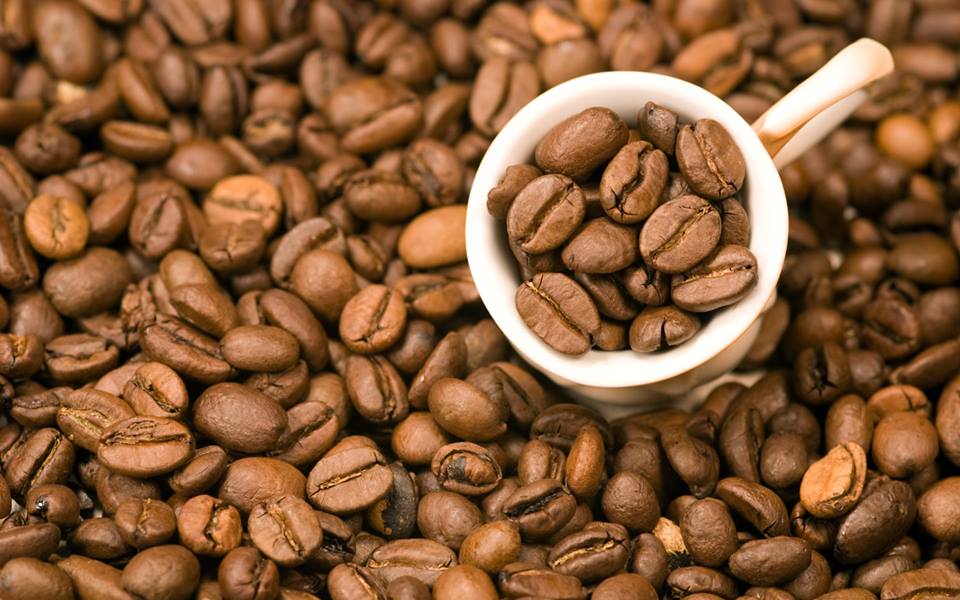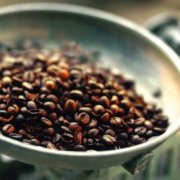The knowledge of blending coffee beans Italian blending coffee bean formula sharing

For professional baristas, please follow the coffee workshop (Wechat official account cafe_style)
Pure coffee is to brew coffee beans from specific producing areas, and blending coffee is to match coffee from different producing areas, which changes the flavor of coffee.
Tasting pure coffee is a top enjoyment, enjoying its simple, unique flavor and personality; blended coffee is not poor, with a more diverse and special flavor; between simplicity and complexity, pure coffee and blended coffee are both knowledgeable and fascinating.
Pure coffee, that is, pure coffee needs excellent coffee beans when brewing, and the appearance, size and color of coffee beans are the focus of selection. Only after strict selection can individual coffee be brewed in order to show its unique personality. In the same way, brewing a cup of diverse and special blended coffee, its coffee beans also need to be carefully checked, so that the flavor of each coffee bean can be truly integrated.
The proportion of coffee beans blended is mostly a trade secret, but there are several key points to know before blending each coffee bean:
Decide the basic beans: you must first decide which coffee beans to use as the base beans, and further choose other beans to reconcile the overall flavor with the basic beans as the center.
Match beans with opposite personalities: coffee beans have their own characteristics. Try to match coffee beans with completely opposite personalities to add a special coffee flavor.
Match beans with similar personalities: mix beans with similar personalities, then further choose the flavor of beans and add different aroma and taste of coffee as a whole.
The following describes the representative blending ratio of coffee beans:
Sour blending: 30% in Colombia, 30% in Brazil, 20% in Guatemala, 20% in Mocha
Bitter blending: 30% in Colombia, 30% in Brazil, 20% in Kilimanjaro, 20% in Robusta
Blending with rich taste: 40% in Colombia, 20% in Guatemala, 20% in Mantenin, 20% in Brazil
General allocation method: 40% in Colombia, 30% in Brazil, 20% in Mocha, 10% in Robsta
Important Notice :
前街咖啡 FrontStreet Coffee has moved to new addredd:
FrontStreet Coffee Address: 315,Donghua East Road,GuangZhou
Tel:020 38364473
- Prev

How do Starbucks spell coffee beans? Why mix coffee beans?
Communication of professional baristas Please pay attention to Coffee blending in Coffee Workshop (Wechat official account cafe_style) although some fixed varieties of coffee can be drunk directly as individual coffee, but most of the coffee has more or less defects in flavor. For example, there is no special flavor, lack of depth, not strong enough, or a certain taste is too strong. To make up for this.
- Next

The types and characteristics of blended coffee and the example reference of famous brands blending coffee beans.
For professional baristas, please follow the coffee workshop (Wechat official account cafe_style) blending coffee classification: coffee mixed drink life western beverage blending coffee, also known as integrated coffee, mixed coffee, generally by three or more different varieties of coffee, according to its sour, bitter, sweet, fragrant, alcohol mixed coffee into another kind of coffee with unique flavor, good mixed coffee
Related
- Guji coffee producing area of Guji, Ethiopia: Humbela, Shakiso, Wulaga
- What is the most expensive variety of Qiloso in BOP multi-variety group?
- How to store the coffee beans bought home?
- Why are Yemeni coffee beans so rare now?
- Ethiopian Sidamo all Red Fruit Sun Sun Santa Vini Coffee beans
- SOE is mostly sour? What does it mean? Is it a single bean? what's the difference between it and Italian blending?
- Is Italian coffee beans suitable for making hand-brewed coffee?
- How to choose coffee beans when making cold coffee? What kind of coffee beans are suitable for making cold coffee?
- Just entered the pit to make coffee, what kind of coffee beans should be chosen?
- Can only Japan buy real Blue Mountain Coffee? What are authentic Jamaican Blue Mountain coffee beans?

